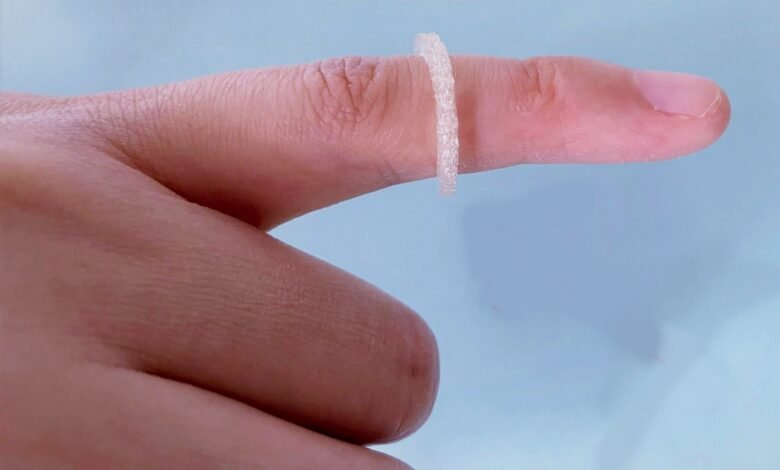
Scientists at Martin Luther University Halle-Wittenberg (MLU) have created a brand-new kind of delivery system for insect repellants. The active ingredient is first “encapsulated” and given the proper shape, like a ring, so that it can be worn and release a mosquito-repelling chemical for a long time. The team submitted its research to the International Journal of Pharmaceutics for publication.
Read More: 10 Health Tech Trends to Watch in the Next Decade
To make their prototypes, the researchers employed “IR3535,” an insecticide created by MERCK.
“Mosquito sprays containing IR3535 have been used for many years all over the world and are quite mild on the skin. We have been utilizing the agent for our experiments because of this, claims MLU Professor René Androsch.
It often comes as a spray or lotion and offers protection for a number of hours. Androsch and his colleagues are looking into ways to release the agent gradually over a longer period of time, such as encasing it in a wearable ring or bracelet.
Using specialized 3D printing technology, insect repellent was carefully inserted into a biodegradable polymer, and the mixture of materials was successfully shaped in various ways. According to Fanfan Du, a doctoral candidate at MLU and the study’s lead author, “the basic idea is that the insect repellent continuously evaporates and forms a barrier for insects.”
Temperature, concentration, and the type of polymer being used are just a few of the variables that affect how quickly an insect repellent evaporates. The team’s simulations and various experiments lead them to the conclusion that for the insect repellent to completely evaporate at 37°C (98,6 °F, or body temperature), it will take well over a week.
Temperature, concentration, and the type of polymer being used are just a few of the variables that affect how quickly an insect repellent evaporates. The team’s computations and several trials lead them to the conclusion that for the insect repellent to entirely evaporate at 37°C (98,6 °F, or body temperature), it will take well over a week.
“3D-printing of the polymer/insect-repellent system poly(l-lactic acid)/ethyl butylacetylaminopropionate (PLLA/IR3535)” by Fanfan Du, Harald Rupp, Katalee Jariyavidyanont, Andreas Janke, Albrecht Petzold, Wolfgang Binder, and René Androsch was published in the International Journal of Pharmaceutics on July 14, 2022.
DOI: 10.1016/j.ijpharm.2022.122023
The research was supported by the German Research Foundation and carried out as part of MLU’s graduate program in “AGRIPOLY.” The European Social Fund (ESF) and the state of Saxony-Anhalt are the sources of funding for “AGRIPOLY.”












One Comment